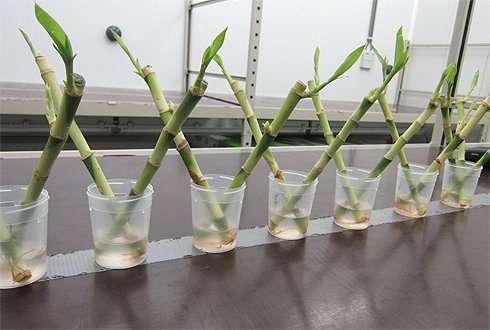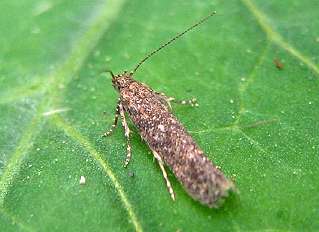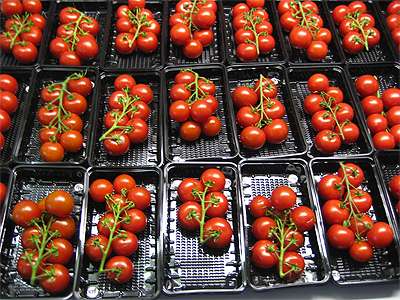Pest-free plant material thanks to CATT method

A treatment with warm air rich in CO2 and low in oxygen helps clear plants of nematodes, thrips, mosquito larvae and other pests. "It prevents the uncertainty and resistance issues that come with the use of chemical pest control products," says research manager Piet Spoorenberg of Wageningen UR.
Export in particular faces major risks such as when thrips are found in a batch of chrysanthemums. The import of lucky bamboo is also currently experiencing problems due to the larvae of the tiger mosquito being transported along with the plants. "There are currently no adequate control measures available to solve this problem," explains Spoorenberg. "For other pest issues there is also a risk of products being removed from the market or bugs becoming resistant. By definition, these problems do not occur with this new treatment method."
Looking for balance in CATT
The so-called CATT (Controlled Atmosphere Temperature Treatment) method was extensively tested by scientist Yu Tong Qiu and a team of her colleagues. "We have released various concentrations of CO2 and oxygen onto the plants at a range of different temperatures In climate chambers," Qiu explains. "It is a continuous search for balance: to what extent can the temperature and CO2 levels be increased and the oxygen levels reduced, and for how long, to ensure that the eggs, larvae and bugs die while the plant remains unharmed."
From leaf miners to mosquitoes
One of the successes scientist Qiu is proud of is the effective control of Tuta absoluta, a leaf miner that can cause extensive damage to tomato plants and preents the export to the US. "To clear tomato of his plague CATT is a very promising solution. CATT can also completely remove thrips from chrysanthemums. Especially export to Russia is under increasing pressure due to the possible presence of thrips on these plants. And in our lab we used an experimental infection with mosquito larvae to show that CATT can clear lucky bamboo of pests."

CATT clears flower bulbs of stem nematodes
CATT experiments are also being carried out with flower bulbs and perennial plants, adds Ivonne Elberse. "We are currently performing experiments to clear tulips and narcissi of stem nematodes using heat treatment; this is a quarantine organism which is subject to specific measures." The CATT Practice Network will soon start researching the possibilities of the method for combating nematodes in perennial plants.
Container control?
Research with the CATT method is financially supported by the Dutch Ministry of Economic Affairs and trade associations Frugiventa and VGB. "We are now at the stage where we would like to carry out lab tests under practical conditions," says Spoorenberg. "Then we'll perform further research into the correct adjustment of the treatment for adequate control and to avoid risking damage to the product.

"This has already been successful in the cultivation of strawberry parent plants. Parent plants are stored in cells for some time, and the CATT method can be quite easily combined with this storage. Now we have to work with growers, traders, transporters and the government to find a reliable treatment and the optimal logistics for other crops. Perhaps we could treat some products in the containers used for transportation..."
Financing to be arranged
The financing for research under practical conditions has yet to be arranged. Spoorenberg says that the industry is willing to contribute but the costs are relatively high. "Moreover, with the discontinuation of the product boards, collective financing from growers and chain parties is currently very difficult to organise." Nevertheless, Spoorenberg remains optimistic. "I cannot imagine that such a great opportunity to develop a sustainable innovation for a very real current issue will not be seized upon."
Provided by Wageningen University



















